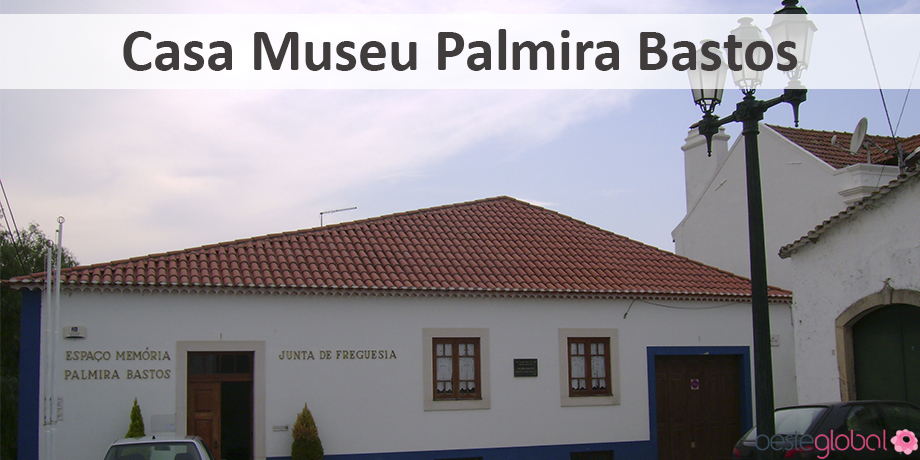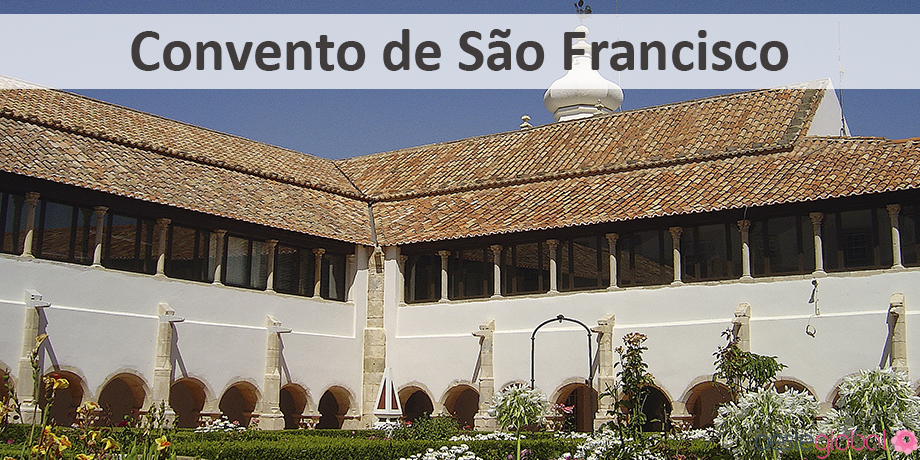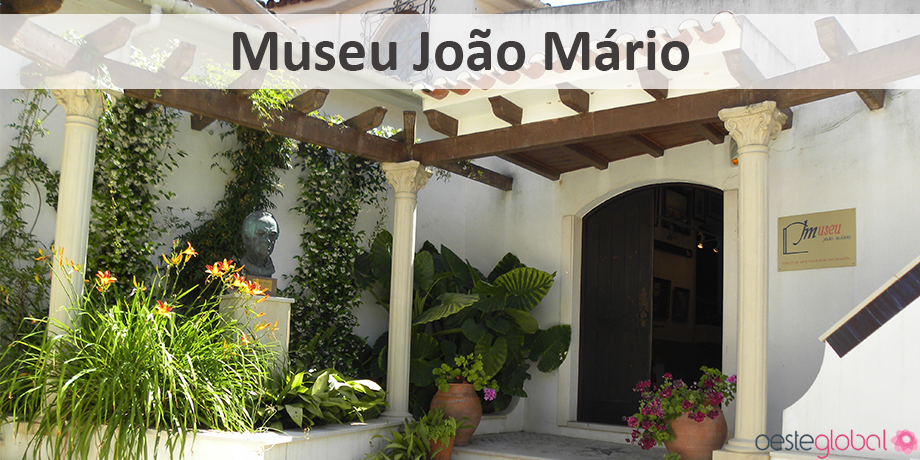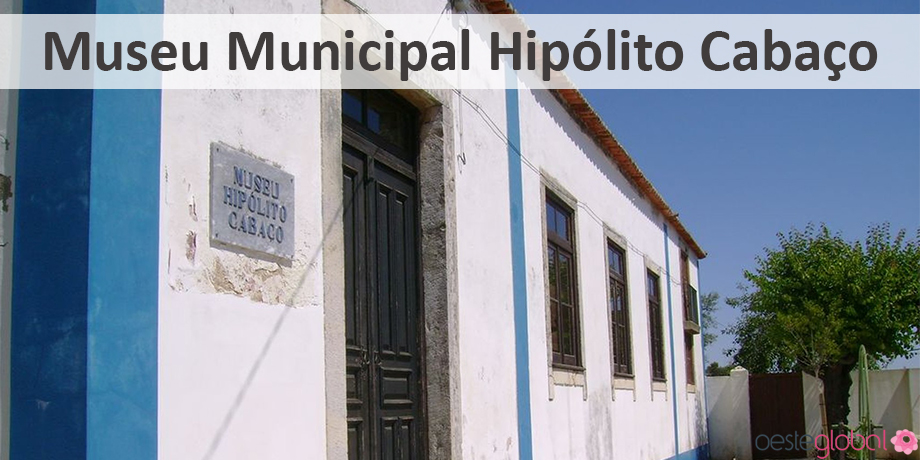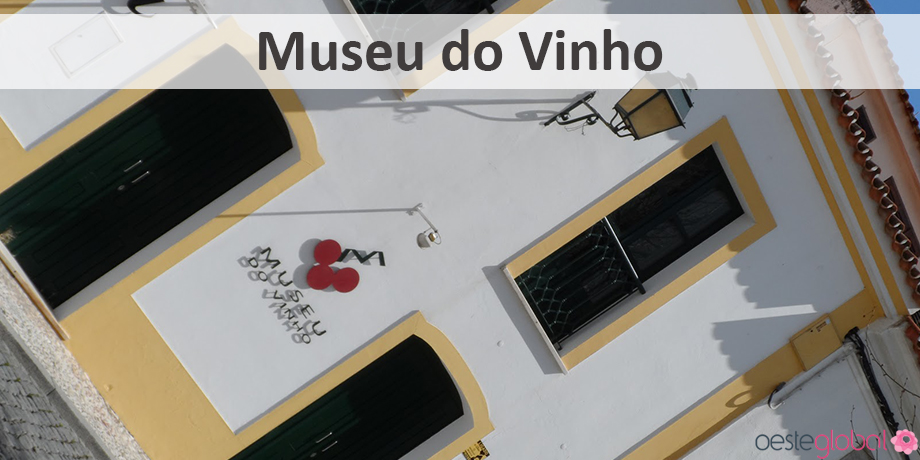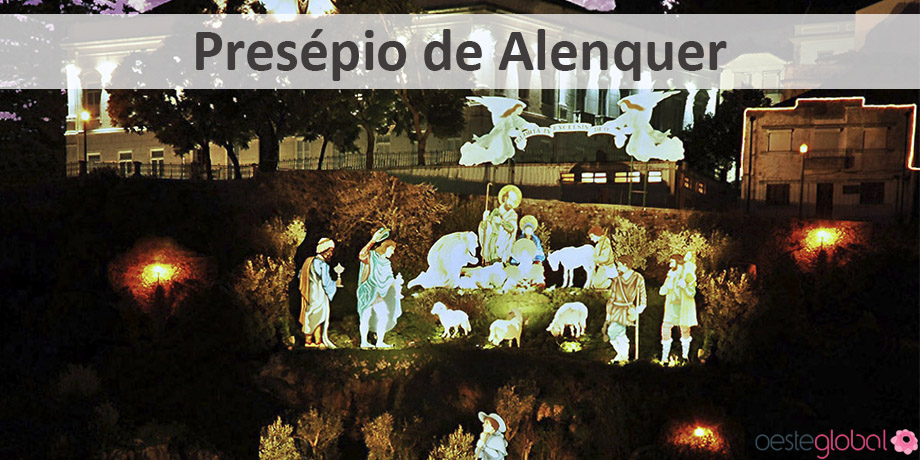Alenquer
Visit: Heritage | Nature
The Alenquer municipality is in Extremadura, part of the district of Lisbon and West sub-region. Limited to the north by the municipalities of Azambuja and Cadaval, south of Vila Franca de Xira, Arruda dos Vinhos and Sobral, the west of Torres Vedras and the source for Azambuja and Tagus River. In this county are divided about 16 parishes: Abrigada, Aldeia Galega da Merceana, Aldeia Gavinha, Cabanas de Torres, Cadafais, Carnota, Carregado, Meca, Olhalvo, Ota, Pereiro de Palhacana, Ribafria, Santo Estêvão, Triana, Ventosa and Vila Verde dos Francos.
A sure sign of the origin of Alenquer village comes from polished objects at the site of the Castle and ceramic fragments, originating from the Copper Age, next to the Port Conception, found by archaeologist Hipólito Gourd. Suppose that there had been a village on the Conception door, being related to the ceramic findings, but it is still unknown to their actual location. According to João José Fernandes Gomes, estate scholar, presents two possibilities, one which states that the castrejo kind of town, occupied the top of the hill of the Castle or, and another says that the village had occupied one of the strands of the same lot.
As Benedict Pereira do Carmo, this village was later Romanized since been discovered coins of Trajano emperor, Hadrian, Antoninus Pius and among others, the centuries BC to III AD, found when he retired the medieval castle, with the objective to make face to the Napoleonic invasion of 1810. Along with lapidary inscriptions found also came from the Roman occupation.
A little out of Alenquer village were also found more Roman remains in 1934, Hipólito Gourd is a large Lusitanian-Roman necropolis dating from the first century A.D., between Walls and seven stones, consisting of 60 objects – the dolium and grave furniture with jug, lucerne, skiphos, Plates and ground glass sigilattaAnd others that are part of the permanent exhibition of the Municipal Museum Hipólito Cabaço.
In centuries III to VIII, Portugal suffers Arabic domain invasions. Once established, from 711, the Arabs took advantage of the defensive resources offered by Alenquer site, as its position in the Tagus line, to build a fortification. This was built a mosque in which, later, this place was built the Church of St. Stephen, village matrix. In 1870, it was demolished, giving way to class the Conde de Ferreira, who is currently the Municipal Museum.
Over the centuries and with the evolution of society and the arrival of roads, railway, railways, factories, allowed the expansion the wealth of some housing farms in the bourgeoisie and also helped in the actual development of the municipality, allowing this gain industrial and cultural importance. Events that altered the Alenquer municipality in the nineteenth century.
Currently, Alenquer is recognized as village Nativity scene due to the annual organization of a crib large, on the slopes that form the valley of the center. This event has been running for thirty years.




